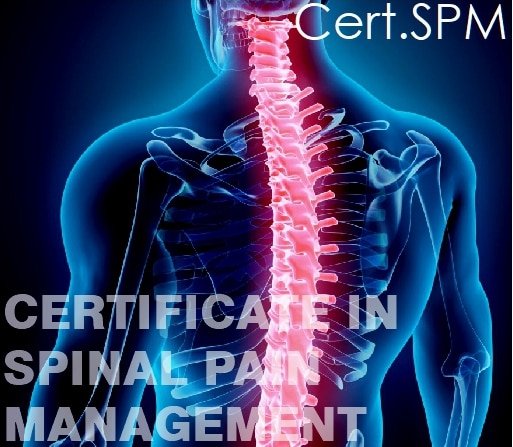Introduction:
- Definition of ergonomics
- Importance of ergonomics in physiotherapy and rehabilitation
Ergonomics is the science of designing the work environment to fit the needs of the human body, with the goal of reducing injury and increasing productivity. In physiotherapy and rehabilitation, ergonomics is crucial to ensure that patients can recover from their injuries or conditions in a safe and effective manner. This essay will discuss the importance of ergonomics in physiotherapy and rehabilitation and how it can be applied to enhance patient outcomes.
Prevention of Further Injury:
- Vulnerability of patients to re-injury
- The role of ergonomics in reducing the risk of re-injury
- Examples of ergonomic adjustments in the work environment
One of the primary benefits of ergonomics in physiotherapy and rehabilitation is that it can help prevent further injury. When a patient is recovering from an injury or condition, they are often vulnerable to further damage. By designing the work environment to accommodate their needs, physiotherapists can reduce the risk of re-injury. For example, if a patient has a lower back injury, their physiotherapist may recommend an ergonomic chair that provides proper lumbar support, or suggest adjustments to their desk height to reduce strain on their back. These small changes can make a significant difference in preventing further damage and accelerating the healing process.
Improved Patient Comfort:
- Physical and mental stress of patients during treatment
- The importance of patient comfort in physiotherapy and rehabilitation
- Examples of ergonomic adjustments to improve patient comfort
Ergonomics can also improve patient comfort during physiotherapy and rehabilitation sessions. Patients are often required to perform repetitive movements or sit in uncomfortable positions during treatment, which can be physically taxing and mentally exhausting. By creating a more comfortable work environment, patients can focus on their recovery without distractions or discomfort. For example, a physiotherapist may provide a cushioned mat or a soft support for the head during exercises, which can help to reduce the physical and mental stress of the patient.
Enhanced Patient Outcomes:
- The relationship between ergonomics and patient outcomes
- Factors influencing patient compliance with treatment
- The role of ergonomics in reducing secondary conditions
Another benefit of ergonomics in physiotherapy and rehabilitation is that it can improve patient outcomes. When a patient is comfortable and safe during treatment, they are more likely to comply with their physiotherapy program and complete their exercises. This can lead to faster recovery times and better long-term outcomes. Additionally, ergonomics can also reduce the risk of secondary conditions that may arise as a result of injury or prolonged inactivity, such as musculoskeletal disorders or circulatory problems.
Application of Ergonomics:
- Assessment of individual patient needs and limitations
- Importance of staying up-to-date on the latest research and best practices
- Resources available for physiotherapists and rehabilitation professionals
To apply ergonomics in physiotherapy and rehabilitation, there are a few key factors to consider. First, it is important to assess the patient’s individual needs and limitations. This may involve taking measurements or conducting tests to determine the patient’s range of motion, strength, and flexibility. Based on these assessments, the physiotherapist can make recommendations for adjustments to the work environment, equipment, or exercises.
Second, it is important to stay up-to-date on the latest research and best practices in ergonomics. There are many resources available to physiotherapists and rehabilitation professionals, including online courses, workshops, and professional organizations. By staying informed, physiotherapists can continue to improve their knowledge and skills in ergonomics, which can ultimately benefit their patients.
Conclusion:
- Summary of the importance of ergonomics in physiotherapy and rehabilitation
- Emphasis on the goal of safe and effective patient recovery
- Future potential for further integration of ergonomics into physiotherapy and rehabilitation practice.
In conclusion, ergonomics is an essential component of physiotherapy and rehabilitation. By designing the work environment to fit the needs of the patient, physiotherapists can prevent further injury, improve patient comfort, and enhance patient outcomes. To apply ergonomics effectively, it is important to assess the patient’s individual needs and stay up-to-date on the latest research and best practices in ergonomics. Ultimately, the goal of ergonomics in physiotherapy and rehabilitation is to help patients recover in a safe and effective manner, so they can return to their daily lives with minimal pain or discomfort.






